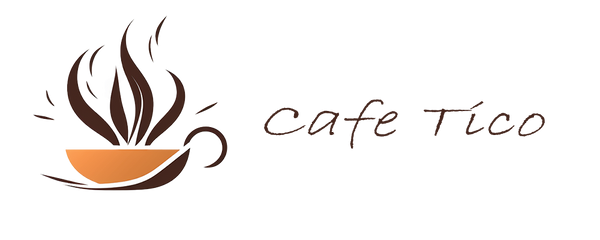
Drip Coffee vs Pour-Over Coffee: Which Brewing Method Is Best?
Share
The art of brewing coffee is a subject of much debate among people in the coffee world. Among the various brewing methods, drip coffee and pour-over coffee stand out for their popularity and distinct brewing techniques.
Both methods have their unique characteristics, advantages, and a dedicated following. In this article, we will delve into the intricacies of these methods, comparing them on various aspects to determine which might be the best choice for different types of coffee drinkers.
The Basics of Drip Coffee
Drip coffee is one of the most common brewing methods, especially in the United States. It involves an automatic coffee maker where water is heated and then dripped over coffee grounds contained in a filter. The water seeps through the grounds, absorbing their oils and essences, before passing into a pot or carafe. This method is highly appreciated for its convenience and consistency.
Pros of Drip Coffee
1. Convenience
Drip coffee makers are generally straightforward to use. With programmable settings, they can brew coffee at a set time, making them ideal for those who want to wake up to a freshly brewed pot.
2. Consistency
They offer consistent results in terms of taste and strength, provided the same measurements and settings are used.
3. Quantity
Drip brewers are well-suited for making larger quantities of coffee, which is great for families or offices.
Cons of Drip Coffee
1. Less Control
Users have limited control over the brewing process, as the machine dictates the water temperature and brewing time.
2. Flavor Profile
While convenient, some argue that drip coffee makers don't extract flavors as effectively as manual methods, potentially leading to a less vibrant cup.
The Art of Pour-Over Coffee
Pour-over coffee is a manual brewing method that involves pouring hot water over coffee grounds in a filter. The water drains through the coffee and filter into a carafe or mug. This method is known for the control it offers over the brewing process and the quality of the coffee it produces.
Pros of Pour-Over Coffee
1. Control
Pour-over brewing allows for complete control over every aspect of the brewing process, from water temperature to flow rate, allowing the user to extract the full flavor from the coffee grounds.
2. Flavor Extraction
This method is known for its ability to bring out complex, nuanced flavors, especially from high-quality, single-origin coffee beans.
3. Customization
Each cup can be customized according to personal preferences.
Cons of Pour-Over Coffee
1. Time-Consuming
It requires more time and attention than an automatic drip coffee maker. This might not be ideal for those looking for a quick, convenient cup.
2. Technique Dependent
The quality of the brew heavily depends on the technique of the person making it. Consistency can be a challenge for beginners.
Comparing Flavor and Quality
When it comes to flavor and quality, pour-over coffee generally has the upper hand. The ability to control the water temperature and pouring speed allows for a better extraction of coffee flavors.
Pour-over is especially favored by those who enjoy the subtleties of single-origin coffees, as it can highlight the unique characteristics of the coffee bean.
Drip coffee makers, on the other hand, often fail to reach the optimal water temperature and distribution needed for ideal flavor extraction.
However, technological advancements in some high-end drip coffee makers have begun to bridge this gap, offering better temperature control and even water distribution.
Convenience and Time
For many coffee drinkers, the convenience of brewing is a significant factor. Drip coffee wins in this category. The process is mostly automated, making it easier to brew large quantities of coffee without much effort. Pour-over coffee, while offering a more ritualistic and satisfying experience, requires more time and attention.
Brewing Capacity
If you need to make several cups of coffee at once, a drip coffee maker is the better option. It can brew multiple cups in one go, saving time and effort, especially in a shared setting like an office or a large family. Pour-over coffee is more suited for one or two servings at a time, making it ideal for personal use.
Cost
The initial cost of a pour-over setup is generally lower than a quality drip coffee maker. However, drip coffee makers can be more cost-effective in the long run, especially when serving multiple people. Pour-over coffee requires filters, and often a gooseneck kettle for better control, which can add to the ongoing costs.
Environmental Considerations
Pour-over coffee typically uses paper filters, which are biodegradable and have a lesser environmental impact compared to the plastic parts in many drip machines. However, reusable filters can be used in both methods to minimize waste.
Final Thoughts
The choice between drip coffee and pour-over coffee comes down to personal preferences and priorities. If you value convenience and are serving multiple people, a drip coffee maker is the way to go. On the other hand, if you enjoy the ritual of making coffee and are keen on extracting the best flavor profile from high-quality pour over brewers like a Chorreador, then this should be your choice.
